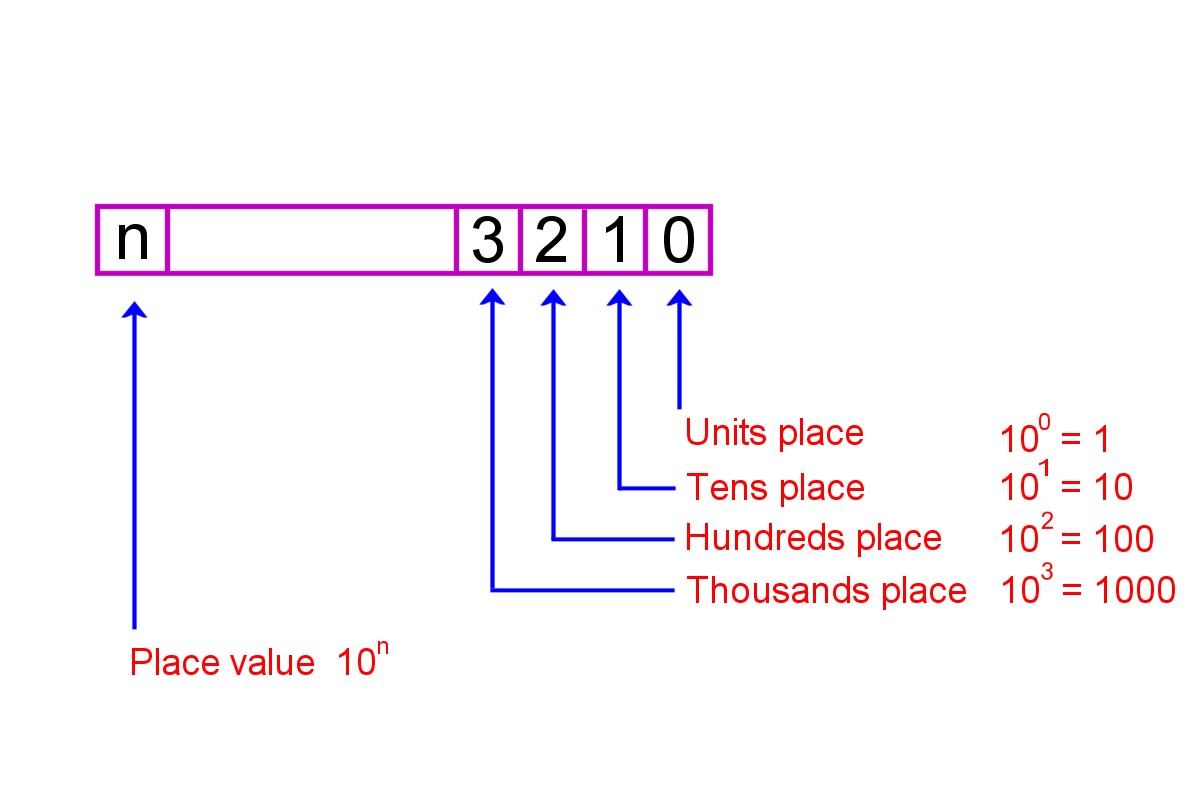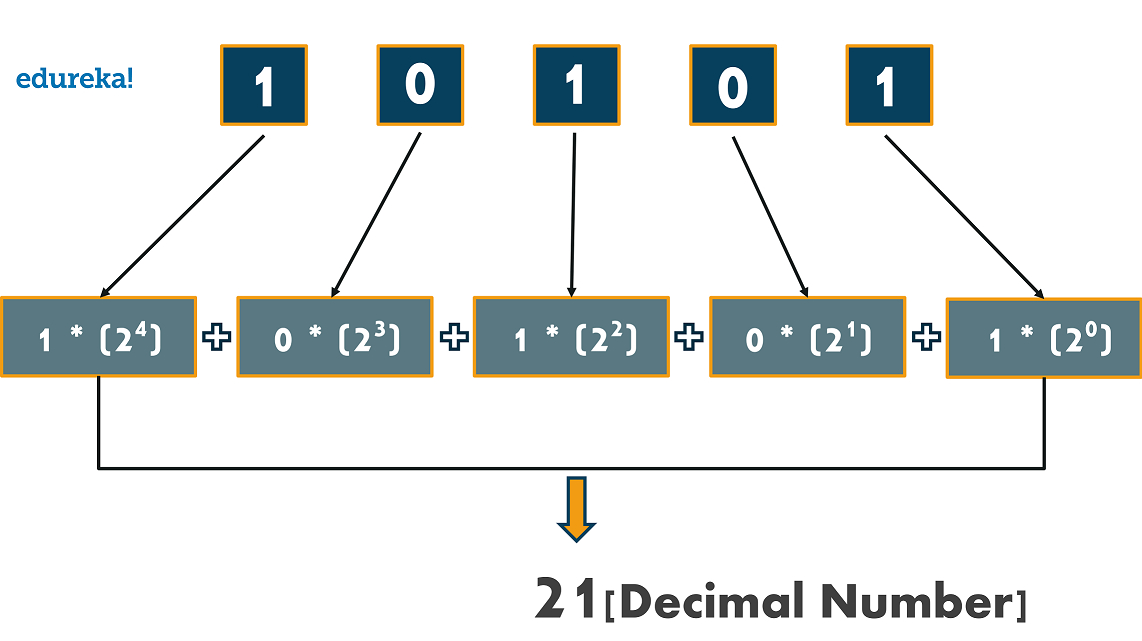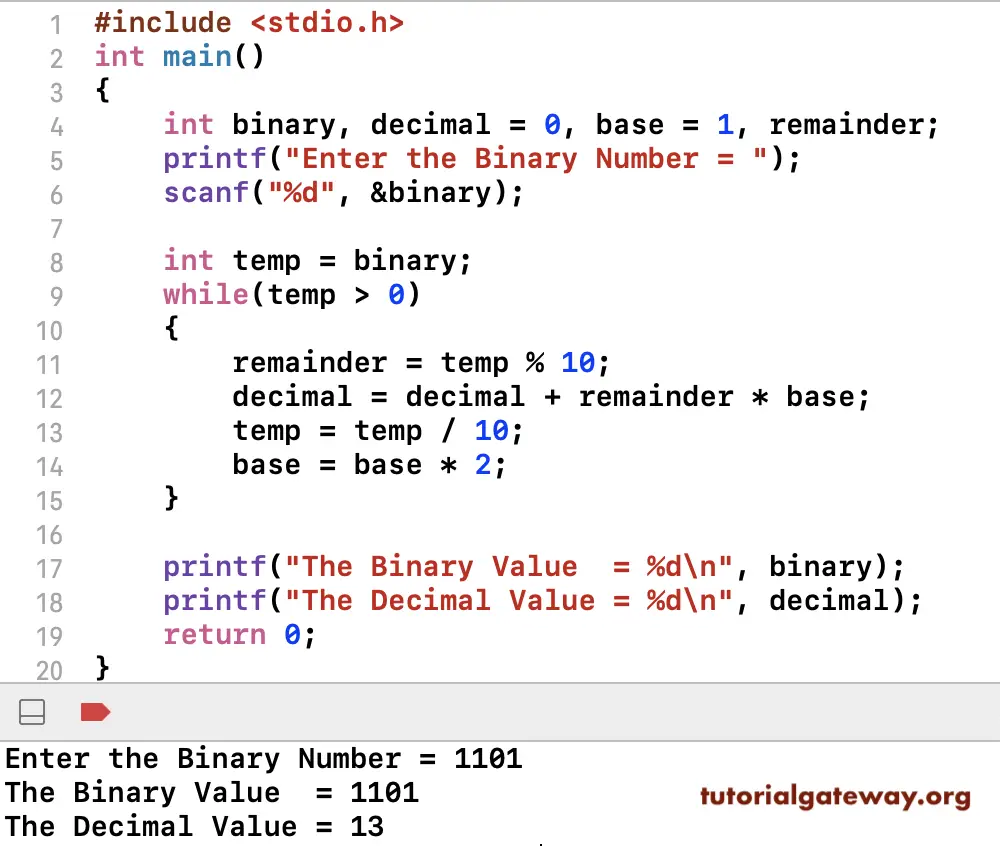
Learn more - Program to convert decimal to binary using bitwise operator.

Printf("Binary value of decimal = %s", binary) Īdvance your C skills by learning this program using other approach. Printf("Decimal value = %ld\n", decimal) * Reverse the converted binary to get final binary result */ * Copy decimal value to temp variable */ Program to convert decimal to binary more than 18 bits /** Use the below program to convert from decimal to binary number for a higher range. Note: The above program converts the decimal to binary number only up to 18 binary bits. This video is part of the 'Data Structures' serie. Printf("Decimal number = %lld\n", decimal) Problem: Use a stack data structure to convert integer values to their corresponding binary representation.

* C program to convert from Decimal to Binary number system
INTEGER TO BINARY CONVERTER CODE GENERATOR
The code was simulated using Xilinx ISIM.Įxamples (38) vhdl tips (38) useful codes (31) Behavior level model (11) xilinx tips (10) xilinx errors (8) Gate level model (6) core generator (6) state machine (6) testbench (6) block RAM (5) file handling (5) synthesisable (5) fixed point package (4) port mapping (4) video tutorials (4) arrays and records (3) delay (3) flipflops (3) functions (3) interview Q's (3) real variable (3) BCD (2) Xilinx (2) adders (2) coding style (2) counters (2) generate (2) generic (2) gray code (2) image processing (2) modelsim (2) multipliers (2) random number generator (2) resets (2) vivado (2) xilinx isim (2) 7 segment display (1) BCD converter (1) Buffers (1) C and VHDL (1) CRC (1) FFT (1) FIFO (1) FIR filter (1) Frequency measurement (1) LFSR (1) QSD (1) coe file (1) comparator (1) debouncing (1) distributed RAM (1) dual port ram (1) error (1) fast adder (1) floating point (1) for loop (1) frequency multiplier (1) gated clock (1) hexadecimal (1) ieee_proposed (1) matrix multiplier (1) memory (1) package (1) pipelining (1) polynomial equation (1) power reduction (1) quaternary (1) sensitivity list (1) sequence detector (1) serial (1) signals (1) simulation tool (1) square root (1) stack (1) textio (1) variables (1) vhdl beginners guide (1) vhdl language (1) wait for (1) Signal bcd_in_1000 : std_logic_vector ( 3 downto 0 ) := ( others => ' 0 ' )

Signal bcd_in_100 : std_logic_vector ( 3 downto 0 ) := ( others => ' 0 ' ) Signal bcd_in_10 : std_logic_vector ( 3 downto 0 ) := ( others => ' 0 ' ) Port ( bcd_in_0 : in STD_LOGIC_VECTOR ( 3 downto 0 ) īcd_in_10 : in STD_LOGIC_VECTOR ( 3 downto 0 ) īcd_in_100 : in STD_LOGIC_VECTOR ( 3 downto 0 ) īcd_in_1000 : in STD_LOGIC_VECTOR ( 3 downto 0 ) īin_out : out STD_LOGIC_VECTOR ( 13 downto 0 ) := ( others => ' 0 ' ) ) The string returned from the Integer.toBinaryString(int i) method call would not have padding by 0s. Adding padding 0s and 4-bit block for printing. This method returns the binary string that corresponds to the integer passed as an argument to this function. the range of the input in decimal is 0 to 9999. To convert an integer to binary, we can simply call the public static String toBinaryString(int i) method of the Integer class. this module is for converting a 4 digit BCD number into binary number.

I hope you will experiment with the code to see how it works. With few changes in the code, it can be extended for more number of BCD digits. The input can range from 0000 to 9999 in decimal. The input is 4 digit BCD's, each 4 bit in size. And I got few queries for binary to bcd conversion. In the past I have posted various codes for Binary to BCD conversion, BCD addition, BCD seven segement display etc.


 0 kommentar(er)
0 kommentar(er)
